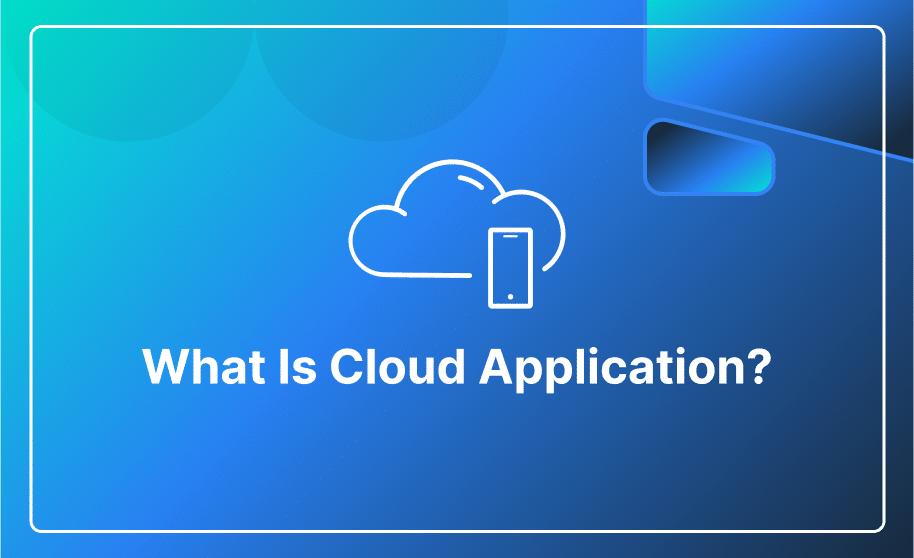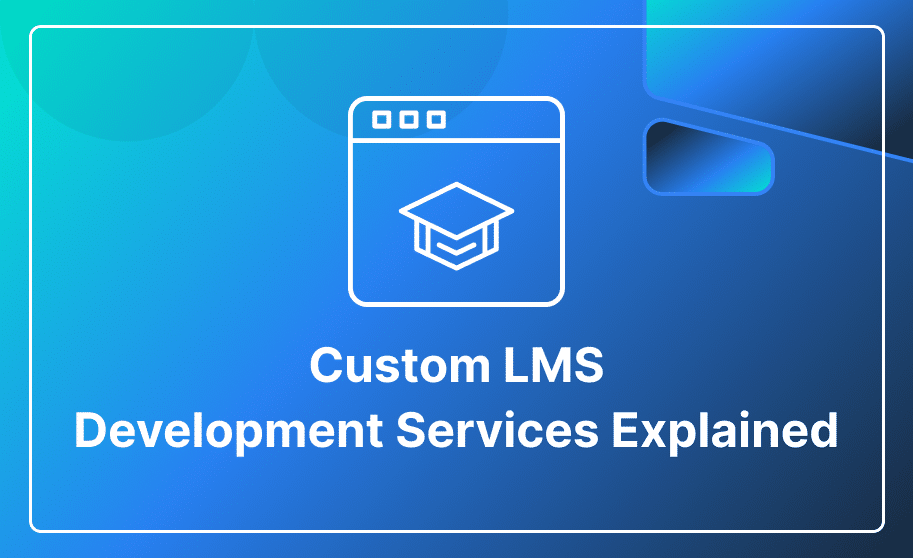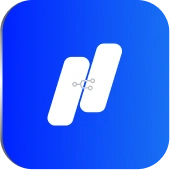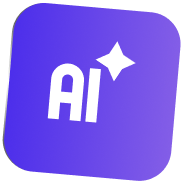Revolutionizing Web Creation: The Power of No-Code Web Development
No-code development refers to web development that does not require coding skills. This framework allows programmers and non-programmers to build a website using a graphical or visual user interface instead of writing code.
A fundamental principle in the no-code movement is that technology should facilitate the creation of a website rather than complicate it.
No-code web development and traditional web development practices present different approaches to creating websites or web applications. No-code involves the creation of websites or applications without writing manual coding. In contrast, traditional web development requires writing code using programming languages, such as HTML and CSS.
No-code platforms have significantly impacted the traditional web development landscape by making the process of creating web applications accessible. These platforms allow individuals with limited coding skills to actively participate in the development process, reducing the barrier to entry. The shift has sped up the pace of web development, allowing for quick prototyping, increased accessibility, and cost-efficiency. While traditional coding remains essential for complex projects, no-code platforms have introduced a more inclusive and agile approach to web development, fostering innovation and collaboration among diverse users.
No-code platforms have gained significant growth and popularity in recent years. These platforms aim to empower individuals with limited coding skills to create functional and visually appealing websites without writing code.
Some factors that contribute to the evolution and widespread adoption of no-code development tools are:
- Accessibility and Inclusivity
- Rise of Citizen Developers
- Faster Time-to-Market
- Visual Interface Design
- Integration Capabilities
- Rapid Iteration and Prototyping
- Growing Ecosystem
Leading No-Code Platforms
Here is the list of leading no-code platforms in the market:
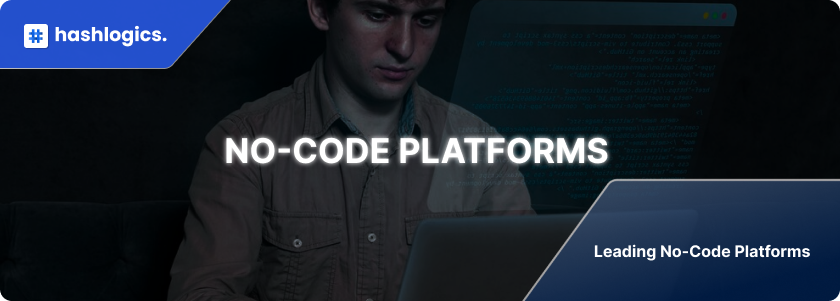
Key Features of No-Code Web Development Tools
No-code web development tools are designed to simplify the web development process. These tools possess key features that enhance their ease of use and accessibility. Let’s explore the key features found in no-code development tools.
- Drag-and-Drop Interface:
You can create an entire web page using a single function: drag-and-drop. From the header to the footer, forms, tables, and images, everything can be assembled within minutes. Consequently, you will have a web page as you imagined.
- Pre-built Templates:
To speed up the development process, no-code development tools offer a variety of pre-built templates for websites, landing pages, and application components. Users can select the template that aligns with their requirements and customize them as needed.
- Responsive Design Capabilities:
No-code tools prioritize responsive design, ensuring that your websites and applications adjust to different screen sizes and devices. Users can preview and adjust the layout for various resolutions without coding.
Benefits of No-Code for Web Development
- Accessibility:
No-code platforms allow individuals without coding expertise to participate in web development. This inclusivity allows a broader range of people, including business analysts and designers, to contribute to the creation of web solutions.
- Cost-effective:
No-code web development is a cost-effective solution as it reduces the need for specialized developers. Allowing non-technical individuals to create solutions contributes to significant cost savings compared to hiring skilled developers for every project.
- Faster Development Time:
The visual, drag-and-drop features of no-code speed up the development process. Users can rapidly assemble elements, reducing the time required to transform an idea into a fully functional website or app.
- Faster Time-to-Market:
No-code solutions accelerate the development process and reduce the learning curve, resulting in a faster time-to-market. This allows organizations to deploy web solutions more quickly, giving them a competitive edge.
Design Flexibility and Customization with No-Code Tools
No-code tools provide users with design flexibility and customization options, allowing for the creation of unique web presences without getting into intricate coding. The key aspects contributing to this flexibility include:
- Visual Interface: Users can drag-and-drop elements, rearrange components, and visually create the layout of their web pages.
- Customizable Templates: These tools provide multiple customizable templates for different types of websites.
- Dynamic Content Creation: No-code platform allows users to integrate dynamic elements, such as image sliders, interactive forms, and real-time data feeds.
- Responsive Design: It ensures responsiveness across various devices.

Integrations and Scalability:
No-code supports integration with third-party services and APIs. This allows users to incorporate additional functionalities into their web projects, such as integrating with CRM systems, payment gateways, or social media platforms.
No-code platforms are designed to scale with growing needs. As the demand for features and content increases, users can continue to expand their websites or applications using the same intuitive interface, ensuring scalability without compromising ease of use.
SEO and Performance Considerations
When it comes to Search Engine Optimization (SEO) and overall web performance, no-code websites present a varied landscape. On the positive side, many no-code platforms provide tools and features to optimize SEO elements, including meta tags, headers, and sitemaps. However, the effectiveness of these optimizations may vary compared to manually coded websites. No-code platforms might generate cleaner code, positively influencing performance, but users must remain cautious about optimizing images, managing page speed, and ensuring mobile responsiveness. Achieving an equilibrium between design flexibility and SEO performance is essential for maximizing visibility and user experience.
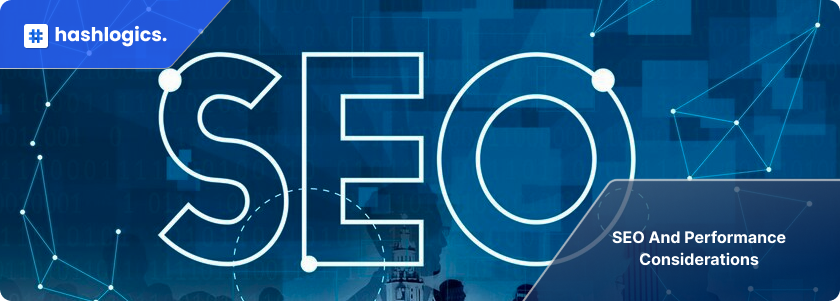
The Future of No-Code in Web Development
The future of no-code in web development holds promising possibilities as these platforms continue to evolve. A notable trend in the tech world is the integration of no-code with advanced technologies such as Artificial Intelligence (AI), Machine Learning (ML), and the Internet of Things (IoT).
Conclusion
The rise of no-code web development signifies a transformative shift in digital creation, enabling both technical and non-technical individuals to contribute to web development. As the landscape expands, the future promises even greater capabilities, defining an era where no-code becomes synonymous with agility and innovation in web development.
Begin your web development journey without code. Contact us today to start building your website or application effortlessly.


